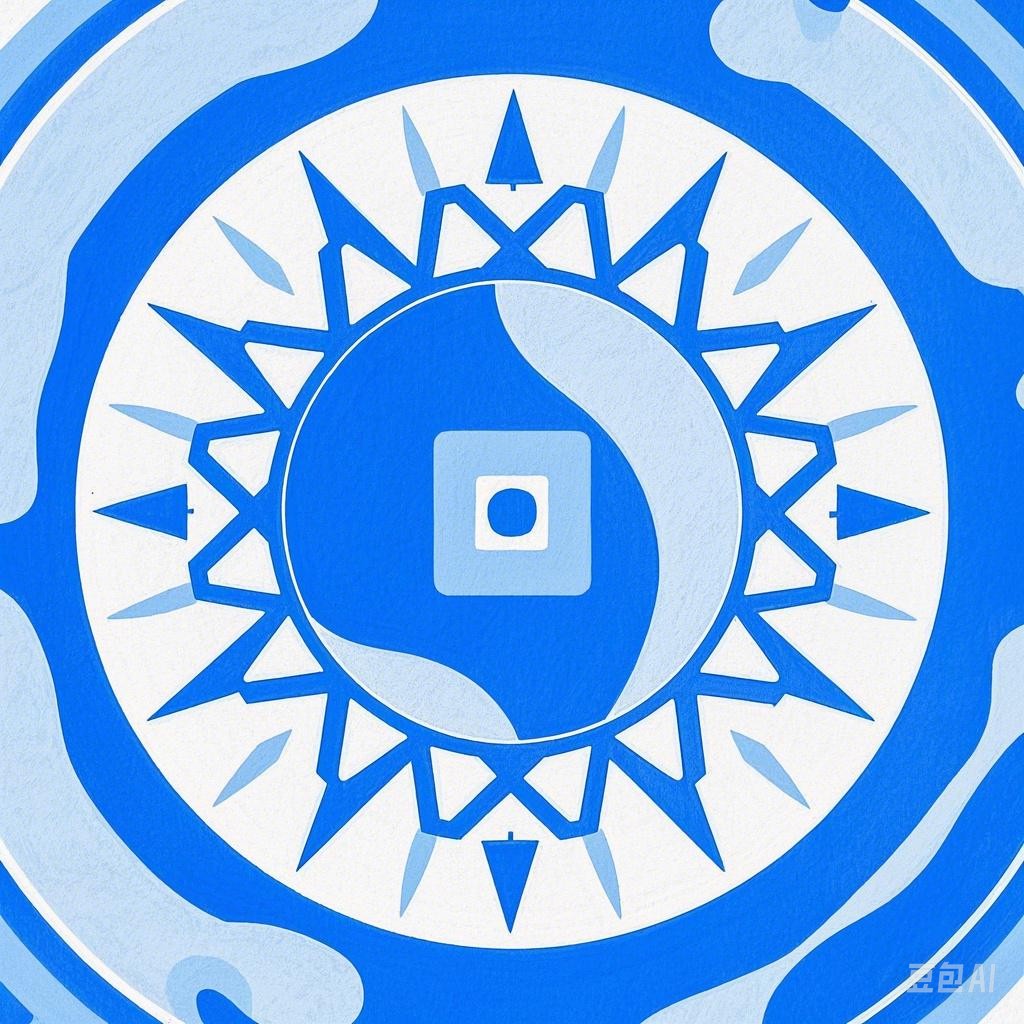Introduction
India, with its rich tapestry of traditions and customs, is a land where festivals are not just celebrations but a reflection of the country’s diverse culture. Each festival carries its unique significance, colors, and rituals, offering a glimpse into the heart and soul of India. This article takes you on a virtual journey through some of India’s most vibrant and colorful festivals, exploring their origins, significance, and the joy they bring to millions.
Holi: The Festival of Colors
Origins and Significance
Holi, also known as the Festival of Colors, is one of the most popular festivals in India. It marks the arrival of spring and is celebrated with great enthusiasm across the country. The festival has its roots in the ancient Hindu texts and is associated with the legend of Prahlad and his victory over the demon king Hiranyakashipu.
Rituals and Celebrations
- Holika Dahan: The festival begins with the burning of a bonfire, symbolizing the victory of good over evil.
- Color Play: Participants throw colored powders (gulal) and water at each other, signifying the victory of love over hatred.
- Dance and Music: Traditional dances and music fill the air, adding to the festive spirit.
Color Symbolism
Each color used in Holi has its own significance:
- Red: Love and prosperity
- Yellow: Joy and happiness
- Green: New beginnings and fertility
- Blue: Peace and tranquility
Diwali: The Festival of Lights
Origins and Significance
Diwali, also known as Deepavali, is a five-day festival that celebrates the victory of light over darkness, good over evil, and knowledge over ignorance. It marks the return of Lord Rama, his wife Sita, and his brother Lakshmana to Ayodhya after defeating the demon king Ravana.
Rituals and Celebrations
- Lakshmi Puja: On the third day, people worship the goddess of wealth, Lakshmi, to invite prosperity into their homes.
- Lighting Diyas: Homes and streets are lit with lamps and candles, symbolizing the triumph of light over darkness.
- Fireworks: Fireworks and sparklers are used to add to the festive atmosphere.
Eid-ul-Fitr: The Festival of Breaking the Fast
Origins and Significance
Eid-ul-Fitr is a significant festival for Muslims, marking the end of Ramadan, the holy month of fasting. It is a time for prayer, celebration, and the strengthening of community bonds.
Rituals and Celebrations
- Prayer: Muslims gather in mosques for communal prayers, followed by a special Eid prayer.
- Feasting: Families and friends gather to share a sumptuous meal, often including traditional dishes like biryani and sweets.
- Gifts: Children receive gifts from their elders, and everyone exchanges greetings.
Ganesh Chaturthi: The Festival of Lord Ganesha
Origins and Significance
Ganesh Chaturthi is a festival dedicated to the worship of Lord Ganesha, the elephant-headed god known for his wisdom and remover of obstacles. It is celebrated with great fervor in Maharashtra and other parts of India.
Rituals and Celebrations
- Statue Installation: A statue of Lord Ganesha is installed in homes and public places.
- Puja: Devotees offer prayers, songs, and sweets to the deity.
- Visarjan: At the end of the festival, the statues are immersed in water, symbolizing the god’s return to his abode.
Navratri: The Festival of Nine Nights
Origins and Significance
Navratri is a nine-night festival dedicated to the worship of the goddess Durga, who is believed to embody the power of a mother. It is celebrated with great enthusiasm across India, particularly in the northern states.
Rituals and Celebrations
- Durga Puja: Statues of goddess Durga are installed in homes and public places, and puja is performed every day.
- Garba and Dandiya: Traditional dance forms like Garba and Dandiya are performed, accompanied by music.
Conclusion
India’s festivals are a vibrant reflection of its rich cultural heritage. Each festival has its unique charm, rituals, and significance, contributing to the country’s diverse and colorful tapestry. By exploring these festivals, one can gain a deeper understanding of India’s culture and the values it holds dear.
